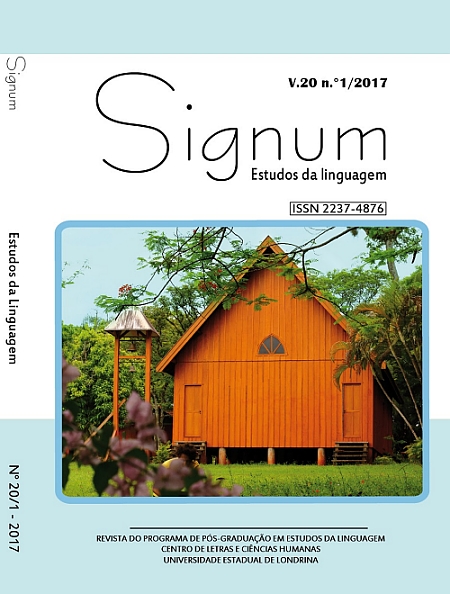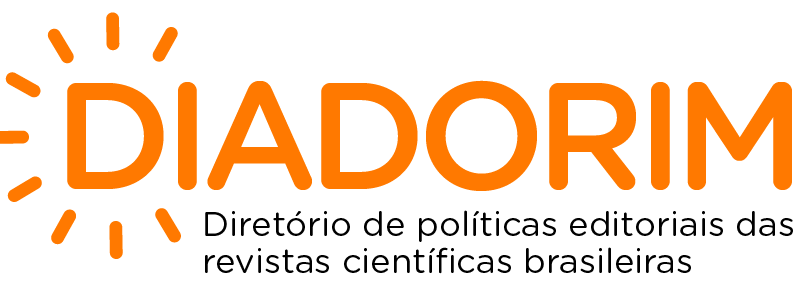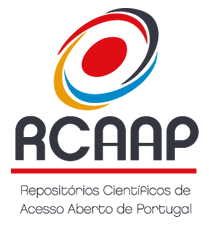Early reading assessment instruments: abilities and processes involved
DOI:
https://doi.org/10.5433/2237-4876.2017v20n1p110Keywords:
Avaliação de leitura, Processamento da linguagem, Habilidades básicas de leituraAbstract
This study investigated the following early reading assessment instruments: “Bateria de Recepção e Produção da Linguagem Verbal” (SCLIAR-CABRAL, 2003a) and “Teste de Competência de Leitura de Palavras e Pseudopalavras” (SEABRA-CAPOVILLA, 2010). The main research goal is to analyze in each one of the reading assessment instruments some of the multiple cognitive processes and basic low-level abilities involved in reading. Decoding, word recognition, lexical access, syntactic and textual processing, and comprehension are the cognitive processes taken into account. As regard basic reading abilities, fluency, considering rhythm, prosody and speed, and accuracy are considered. The results indicate that each one of the analyzed reading assessment instruments assesses different aspects of the reading processes and abilities, through off-line measures. Scliar-Cabral’s assessment battery allows the researcher or the teacher to evaluate the following processes: the grapheme opposition in minimal pairs of words and in sentences, and the identification of difficulties in sentence processing, in decoding the graphemic-phonemic relationship, and in textual comprehension. In its turn, the reading assessment instrument proposed by Seabra and Capovilla, allows one to evaluate student’s reading development level, by classifying the kind of processing as logographic, alphabetic or orthographic.
Downloads
Downloads
Published
How to Cite
Issue
Section
License
Copyright (c) 2017 Signum: Estudos da Linguagem

This work is licensed under a Creative Commons Attribution-NonCommercial-NoDerivatives 4.0 International License.
This journal reserves the right to make, in the originals, normative, orthographic and grammatical modifications in order to maintain the standard language and the credibility of the publication. It will respect, however, the authors’ style of writing. Modifications, corrections and suggestions of conceptual order will be forwarded to the authors, if necessary. In these cases, the papers, once appropriate, should be submitted to a new appreciation. The final examinations will not be forwarded to the authors. Works published become property of Signum, being its total or partial reprint subject to an explicit authorization of the journal. In all subsequent quotes the original source of publication should be mentioned, in case, in Photographic Discourse. Opinions emitted by the authors are their exclusive responsibility.















